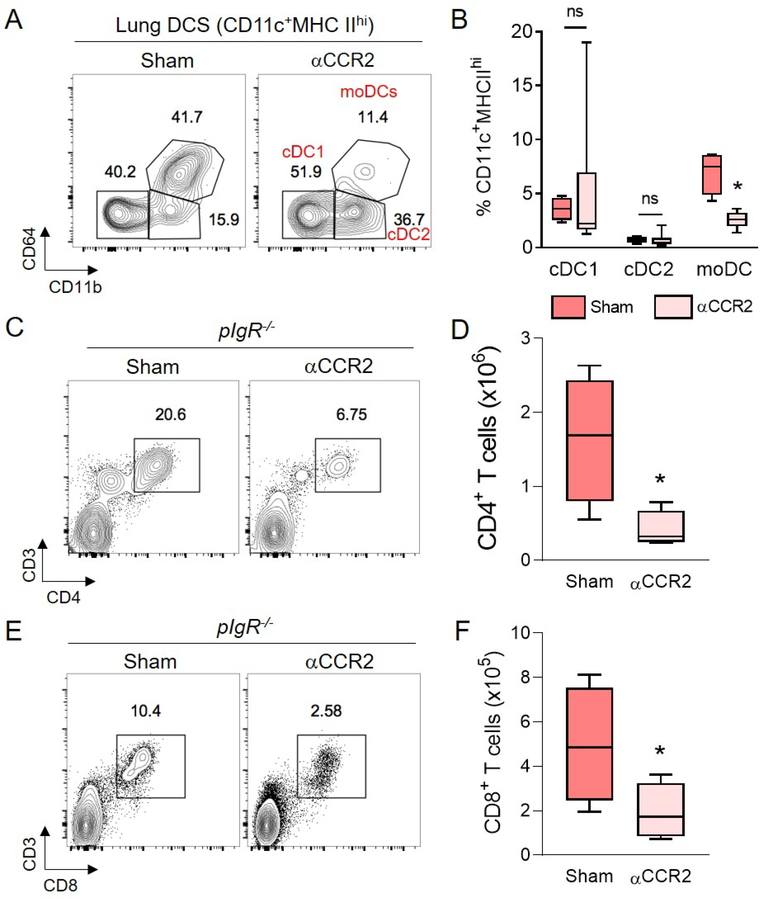Figure 5. CCR2 blockade reduces moDC and T cell recruitment to the lungs of pIgR−/− mice.
(A) Flow cytometry plots demonstrating the effectiveness of the CCR2 antagonist RS-504393 in reducing lung moDCs in aged (20–22 months) pIgR−/− mice. (B) Quantification of DC subsets (as % of CD11c+MHCIIhi cells) in the lungs of aged pIgR−/− mice with and without CCR2 antagonist. (C and E) Representative flow cytometry plots showing CD4+ and CD8+ T lymphocytes in aged (20–22 months) pIgR−/− mice with and without CCR2 antagonist treatment. (D and F) Quantification of CD4+ and CD8+ T lymphocytes shown in C and E. (B and D) * = p<0.01 compared to sham-treated pIgR−/− mice (t-test); n = 4–6 mice/group. (F) * = p<0.05 compared to sham-treated pIgR−/− mice (t-test); n = 4–6 mice/group. Box-and-whisker plots represent median, interquartile range, and range.

